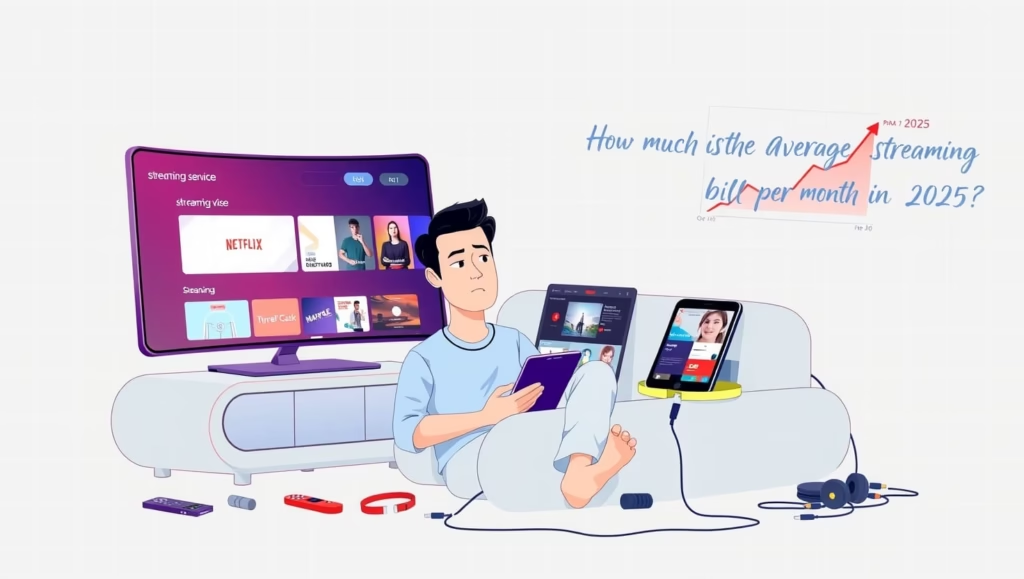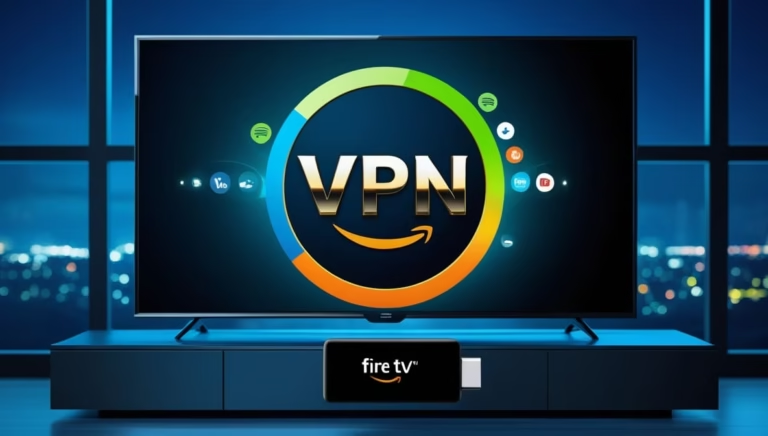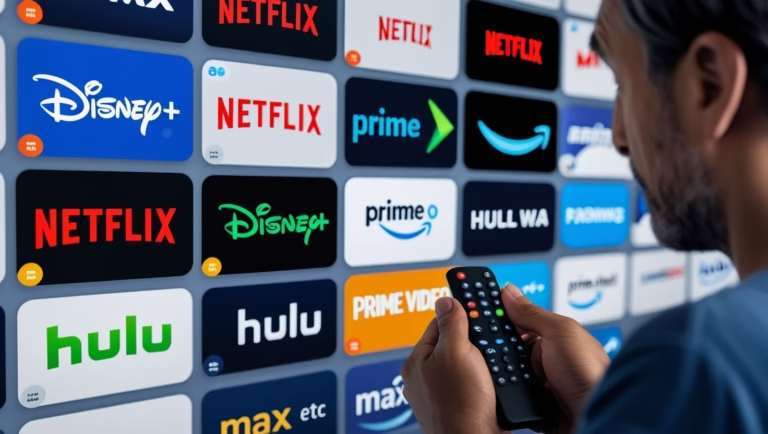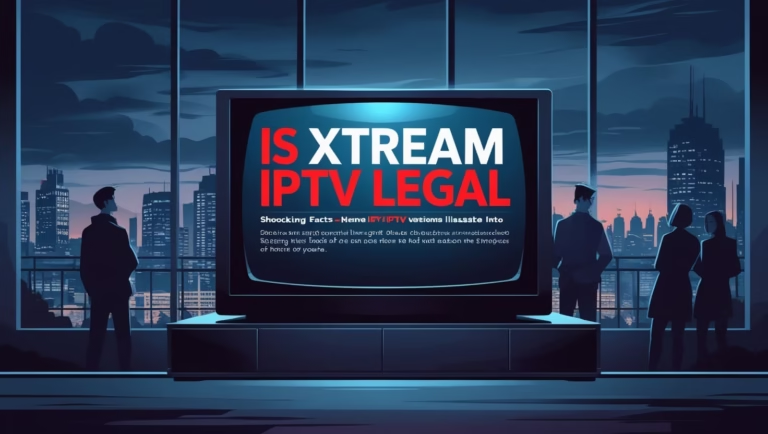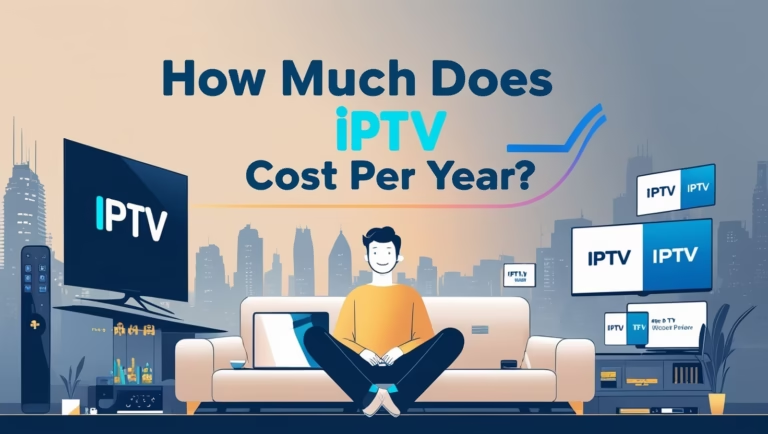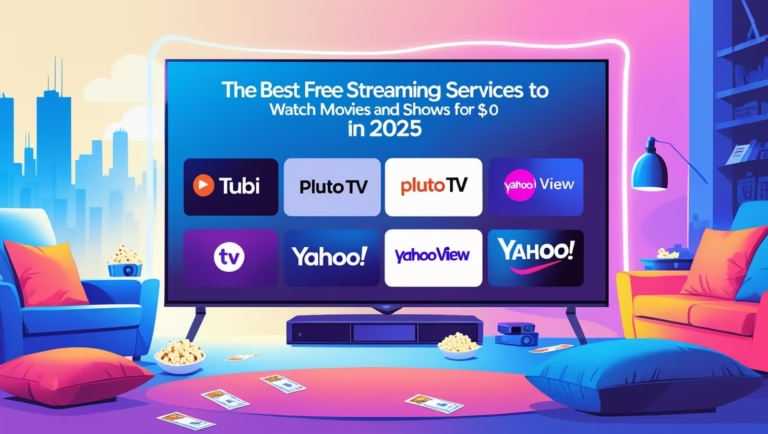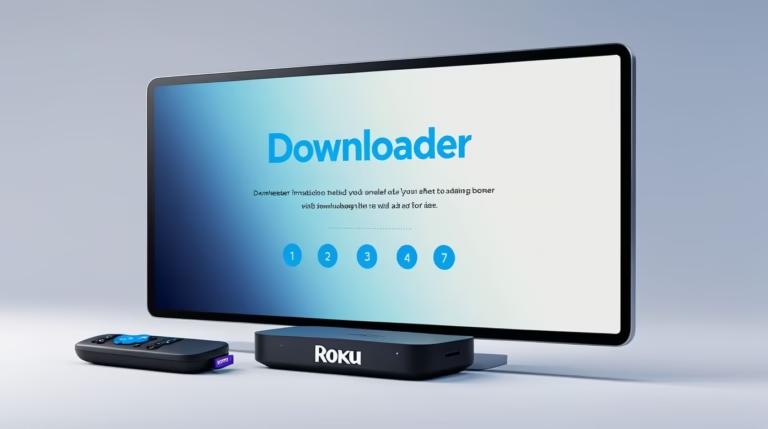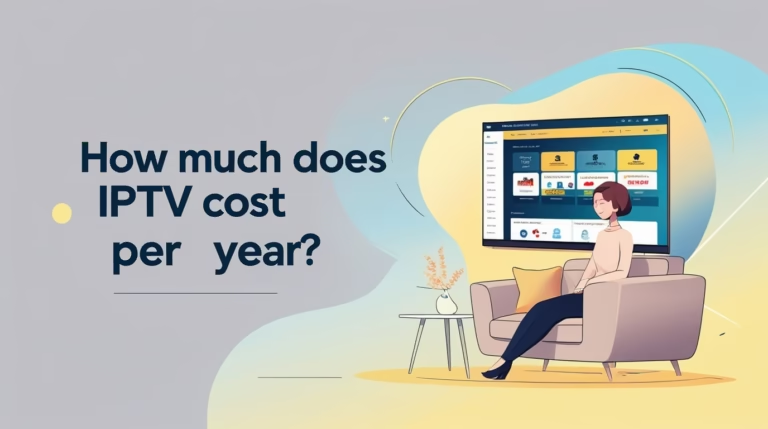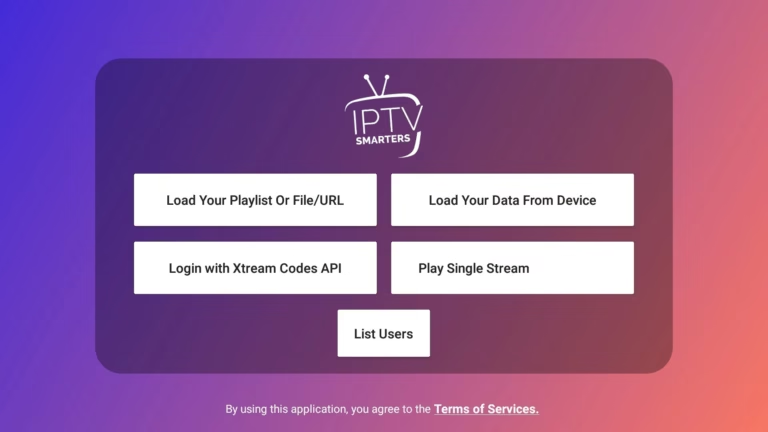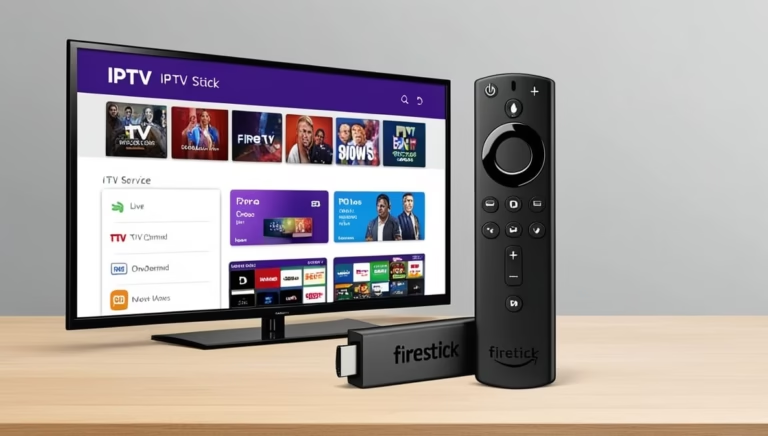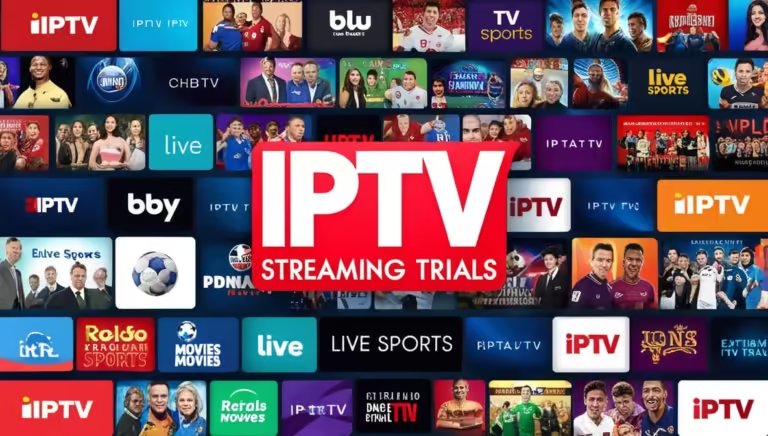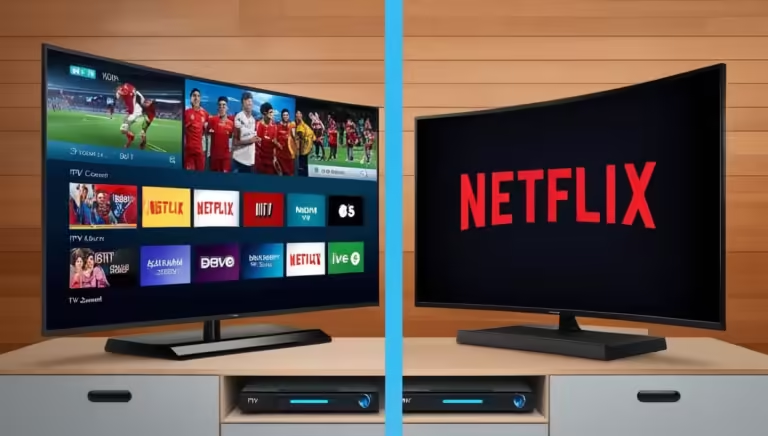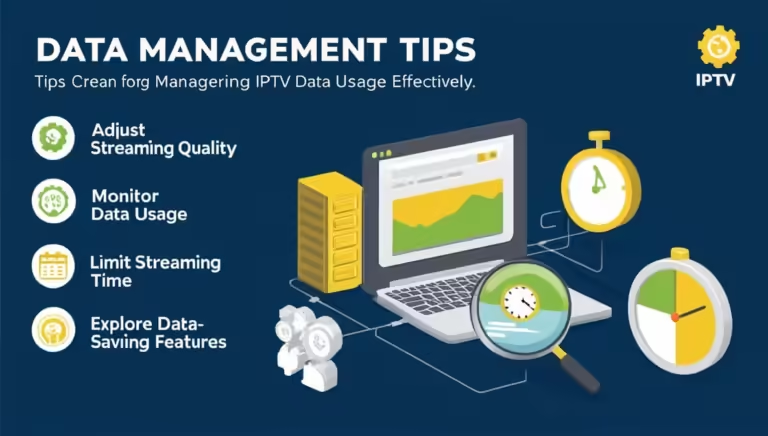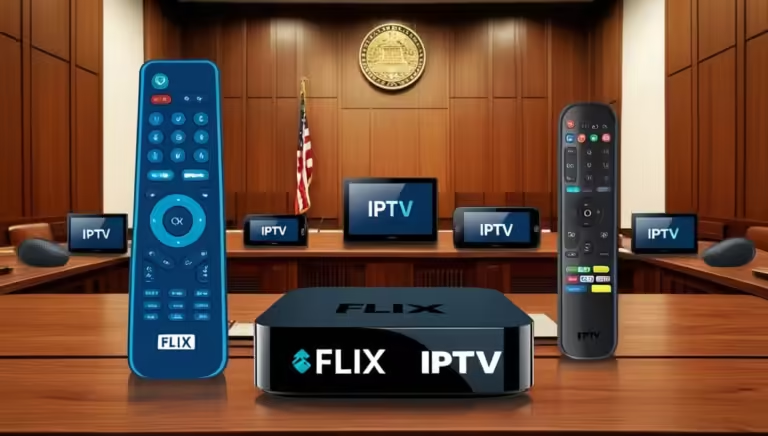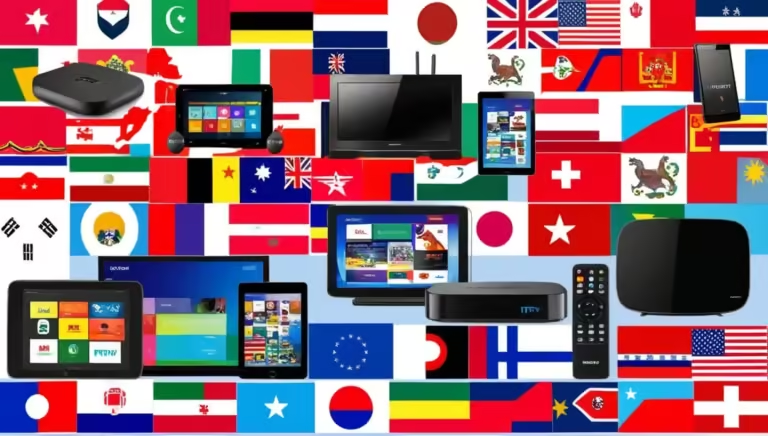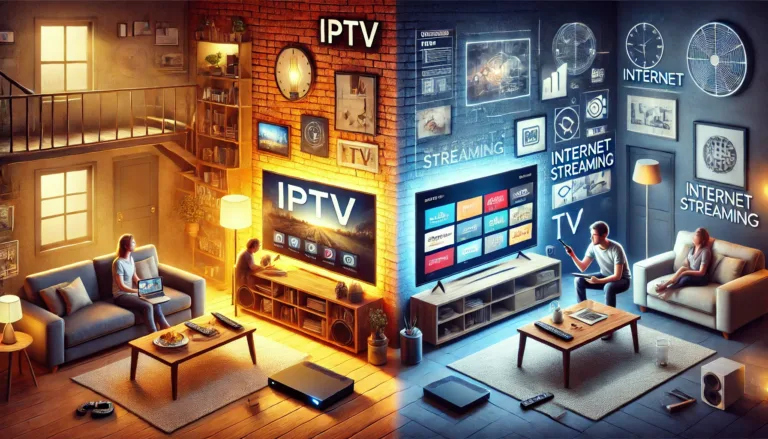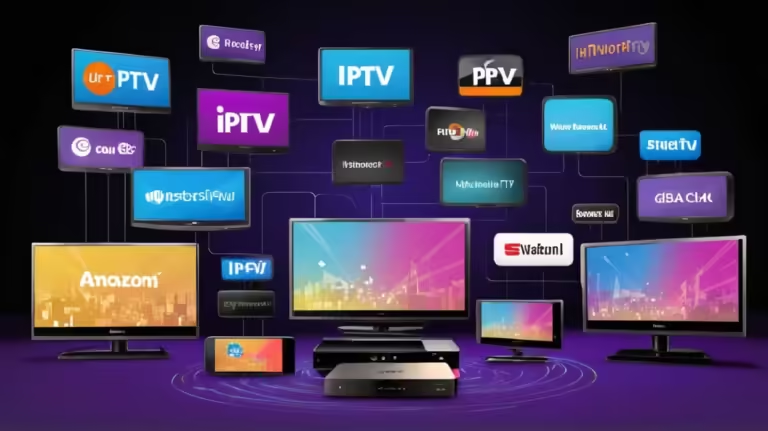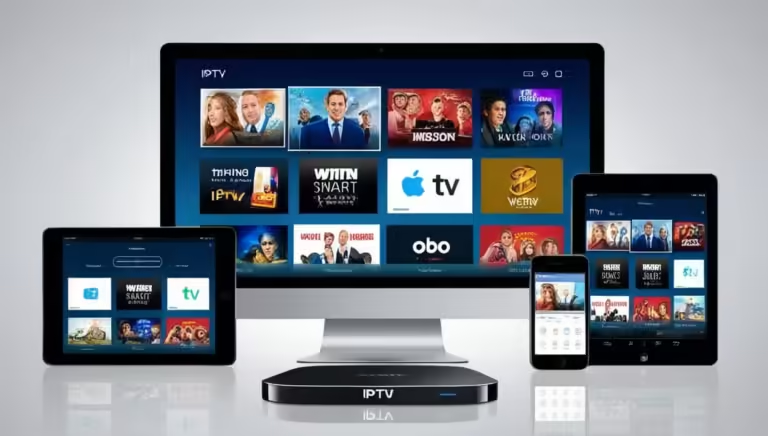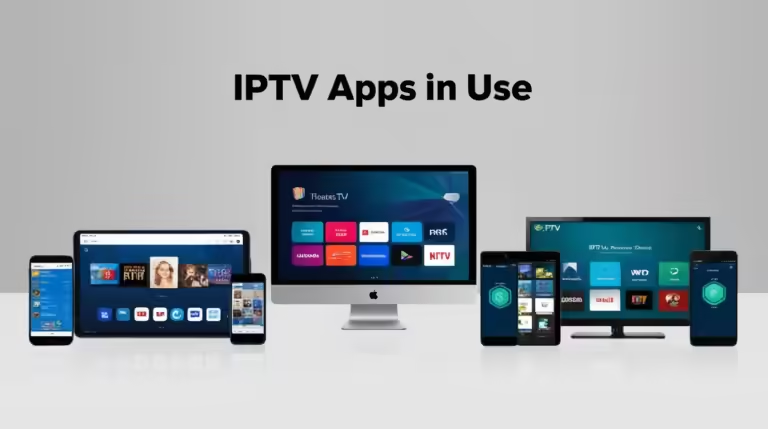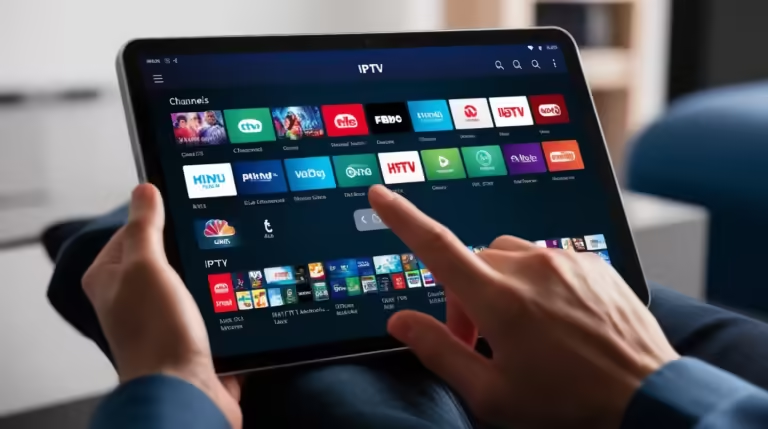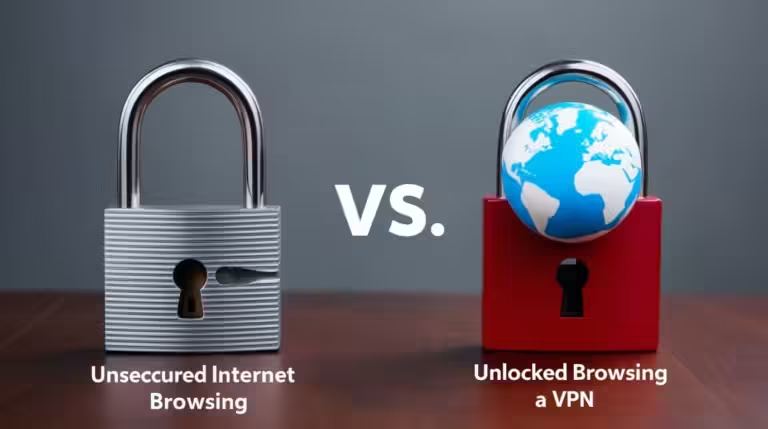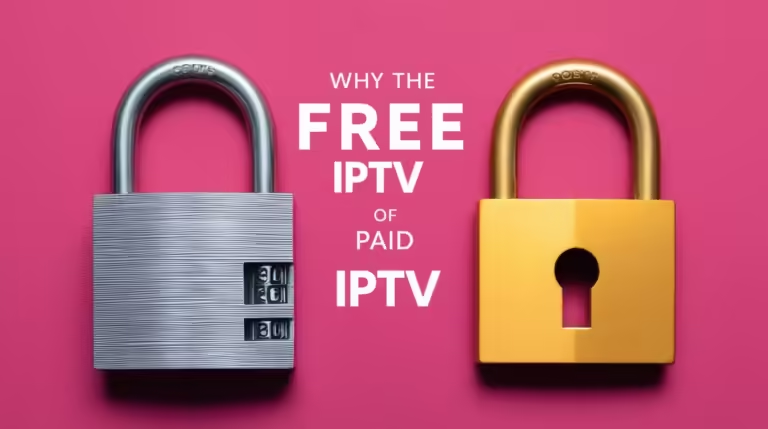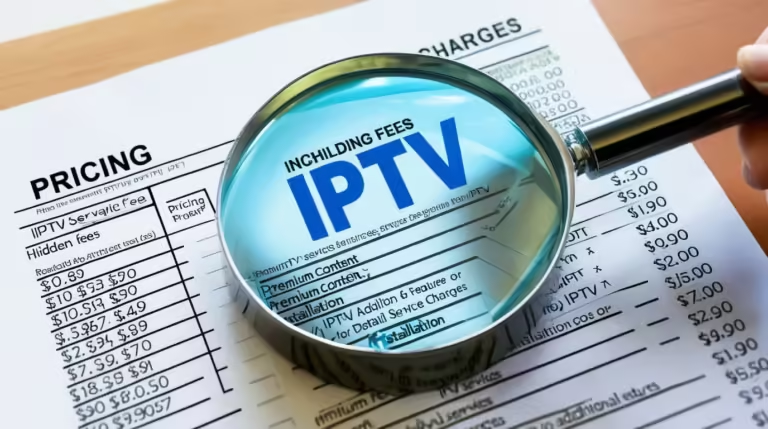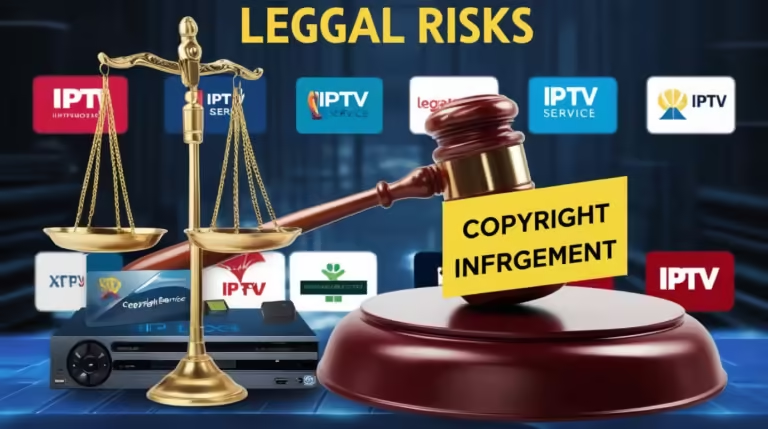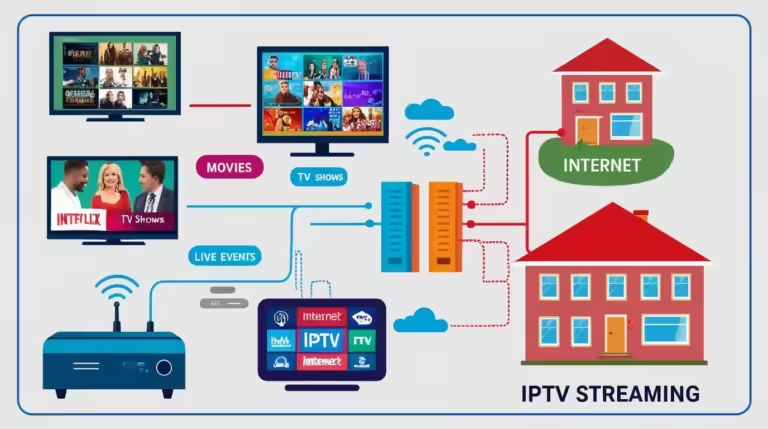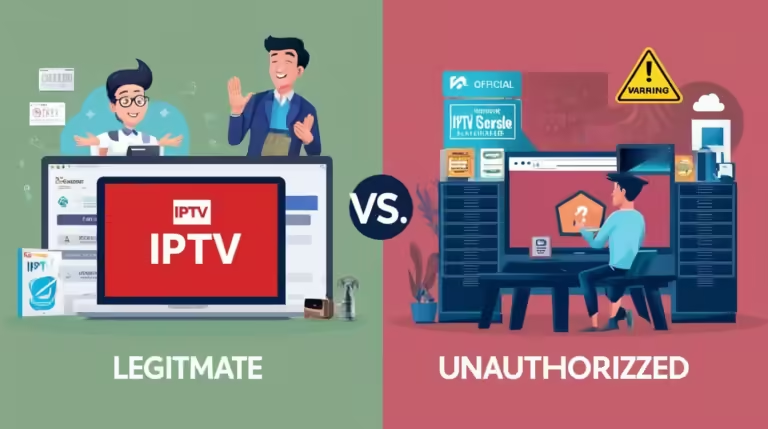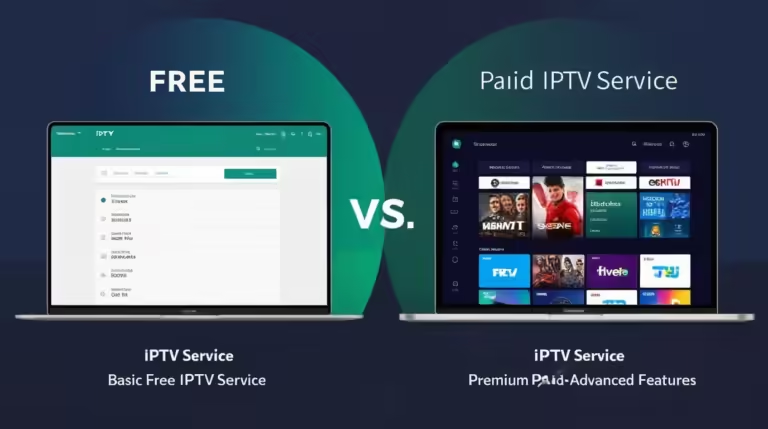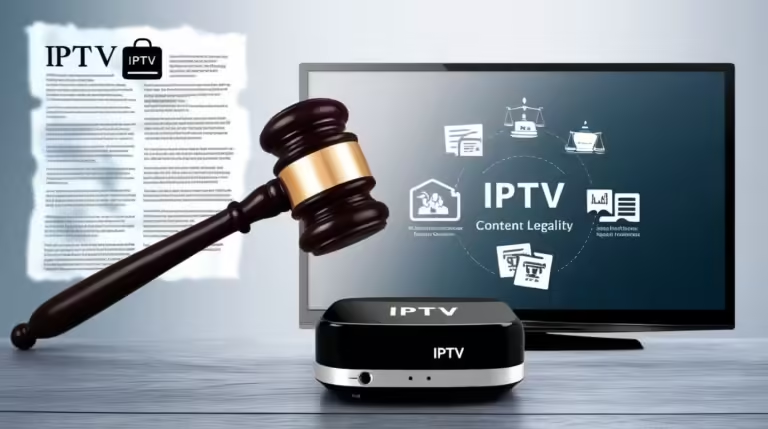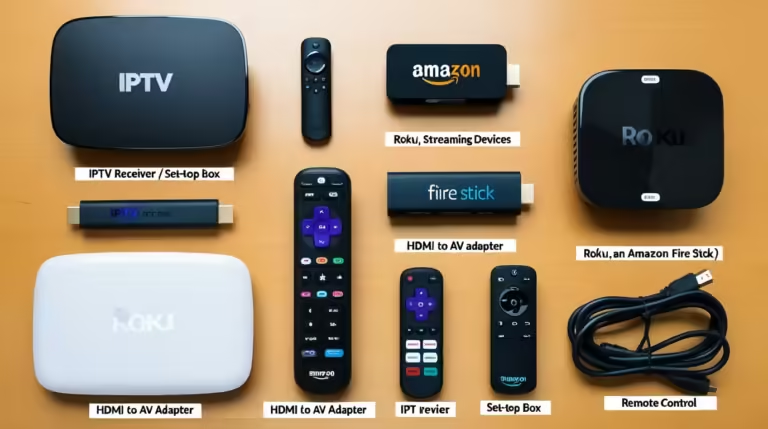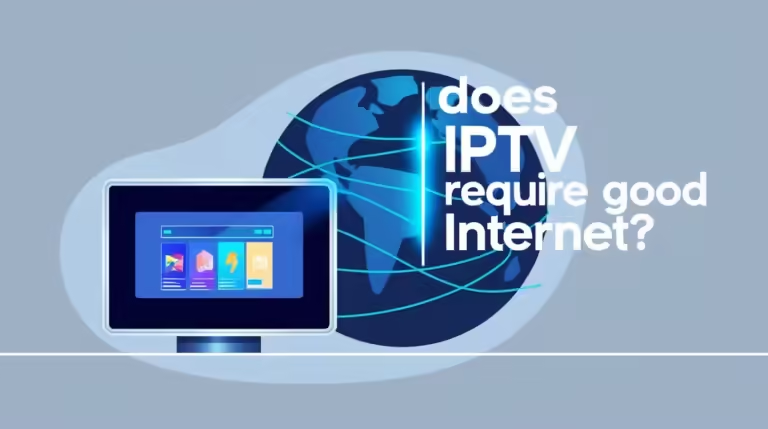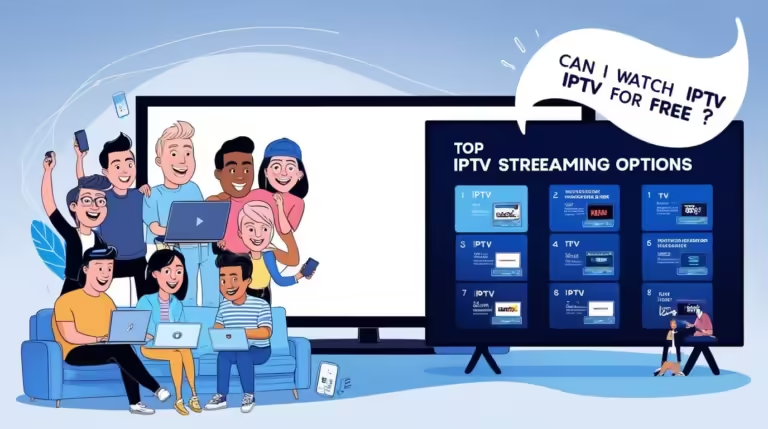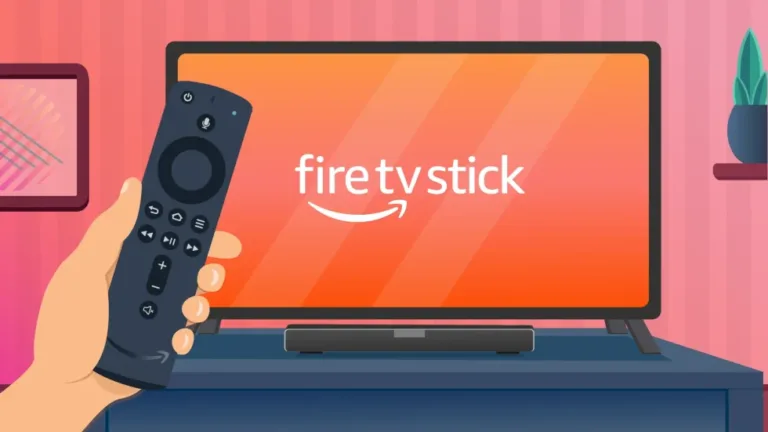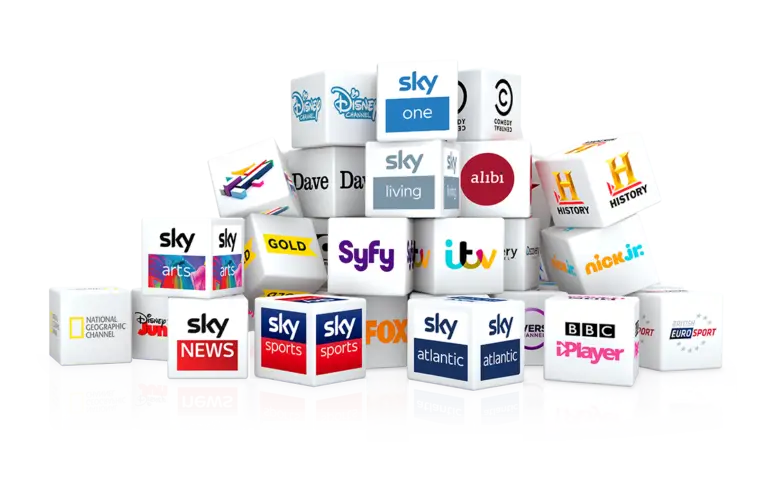Get ready to dive headfirst into the fascinating, ever-evolving world of streaming! If you’re anything like us, you’ve probably wondered, “How Much Is the Average Streaming Bill Per Month in 2025?” because let’s face it, our entertainment landscape has shifted dramatically. Gone are the days when cable was the undisputed king; now, a vibrant ecosystem of streaming services offers an unparalleled array of content right at our fingertips. But with so many options, from blockbuster movies to niche documentaries and live sports, the costs can sneak up on you. We’re here to unravel the mystery and give you the inside scoop on how much you can expect to pay for your digital entertainment fix in the current year. Prepare to be informed, entertained, and perhaps even a little surprised as we break down the figures, explore the reasons behind rising prices, compare streaming to its traditional counterparts, and arm you with strategies to keep your monthly bill in check without sacrificing your favorite shows. So, grab your remote, settle in, and let’s explore the exciting economics of streaming in 2025!

How Much Is the Average Streaming Bill Per Month in 2025? Let’s Break It Down
So, you’re itching to know: How Much Is the Average Streaming Bill Per Month in 2025? It’s a question on many minds as we navigate the ever-expanding universe of digital entertainment. The answer, as you might expect, isn’t a single, definitive number. It’s a dynamic figure that fluctuates based on individual choices, the best services you subscribe to, and whether you opt for ad-supported or ad-free experiences. However, we can certainly provide a comprehensive picture.
Let’s look at some individual service costs in 2025 to give you a clearer idea of how How Much Is the Average Streaming Bill Per Month in 2025? breaks down. Netflix, still the market leader, offers plans ranging from approximately $7.99 for its ad-supported tier to $24.99 for its premium ad-free plan. Disney+ and Hulu often come bundled, with the Duo Basic (ad-supported) bundle costing around $10.99 per month, and the Duo Premium (ad-free) at about $19.99. Max (formerly HBO Max) has tiers from $9.99 (with ads) to $20.99 (ad-free with 4K streaming). Paramount+ is typically $7.99 (Essential with ads) or $12.99 (Paramount+ with Showtime, ad-free). Amazon Prime Video, while included with a full Amazon Prime subscription ($14.99/month), can also be a standalone service for $8.99 (ad-supported) with an extra $3 for ad-free. Apple TV+ maintains a solid $9.99 price point with no ads. Peacock runs from $7.99 (ad-supported) to $13.99 (ad-free).
When calculating How Much Is the Average Streaming Bill Per Month in 2025?, many households subscribe to 3-5 services simultaneously. If you consider a popular combination like Netflix Standard ($17.99), the Disney Bundle Duo Premium ($19.99), and Max ad-free ($16.99), you’re already looking at roughly $55 per month. Add in a sports-specific service like ESPN+ or a niche offering, and that number quickly climbs. The average truly reflects a diverse mix of choices, with some users strategically rotating subscriptions throughout the year to catch specific shows, while others maintain a consistent suite of services. Understanding these individual price points is crucial to grasping the overall picture of How Much Is the Average Streaming Bill Per Month in 2025? and managing your own digital entertainment budget.

Why How Much Is the Average Streaming Bill Per Month Keeps Rising Each Year
It’s undeniable that the streaming landscape has become a powerhouse of entertainment, but hand-in-hand with its growth, we’ve observed a consistent upward trend in prices. So, why exactly does How Much Is the Average Streaming Bill Per Month keep rising each year? There are several compelling reasons behind this phenomenon, transforming what was once a significantly cheaper alternative to cable into a substantial monthly expense.
Firstly, content is king, and producing it is incredibly expensive. Streaming platforms are locked in an intense “content arms race,” constantly vying for exclusive, high-quality original programming to attract and retain subscribers. Shows like “House of the Dragon,” “Stranger Things,” or “The Rings of Power” boast production budgets that rival major Hollywood films. These massive investments in writing, directing, acting talent, special effects, and post-production don’t come cheap, and the best cost is inevitably passed on to the consumer through subscription fees. Furthermore, licensing popular shows and movies from other studios has also become increasingly competitive and costly, as platforms fight to offer the most comprehensive and appealing libraries. The desire for “must-see” content drives innovation and quality but also pushes prices higher.
Inflation and operational costs are constant pressures. Like any business, streaming services face rising costs for everything from employee wages to technology infrastructure. Maintaining robust servers, ensuring seamless 4K streaming, developing intuitive user interfaces, and managing customer support all contribute to significant operational expenses. Global expansion also adds to these costs, as platforms adapt content for local audiences, build regional data centers, and navigate diverse regulatory environments. These foundational business expenses are subject to inflationary pressures, which are then reflected in the subscription fees.
The crackdown on account sharing is a direct revenue-boosting measure that impacts How Much Is the Average Streaming Bill Per Month. Services like Netflix have implemented stricter rules and technologies to prevent users from sharing passwords outside their households. While this aims to convert “borrowers” into paying subscribers, it also means that what might have once been a shared cost among several individuals now often requires multiple separate subscriptions, effectively increasing the overall spending for a group of users. This strategy is likely to be adopted by more platforms in the coming years.
Finally, feature creep and bundling strategies contribute to rising costs. Many services now offer tiered pricing with premium features like 4K resolution, HDR, spatial audio, and increased simultaneous streams, all at a higher price point. While these enhancements improve the viewing experience, they add to the overall bill. Additionally, some platforms are pushing bundles (like the Disney Bundle) which, while offering perceived savings, often encourage users to subscribe to more services than they might have individually, thus increasing their overall expenditure. The excitement around new features and the convenience of bundles contribute to the increasing figure of How Much Is the Average Streaming Bill Per Month in 2025?
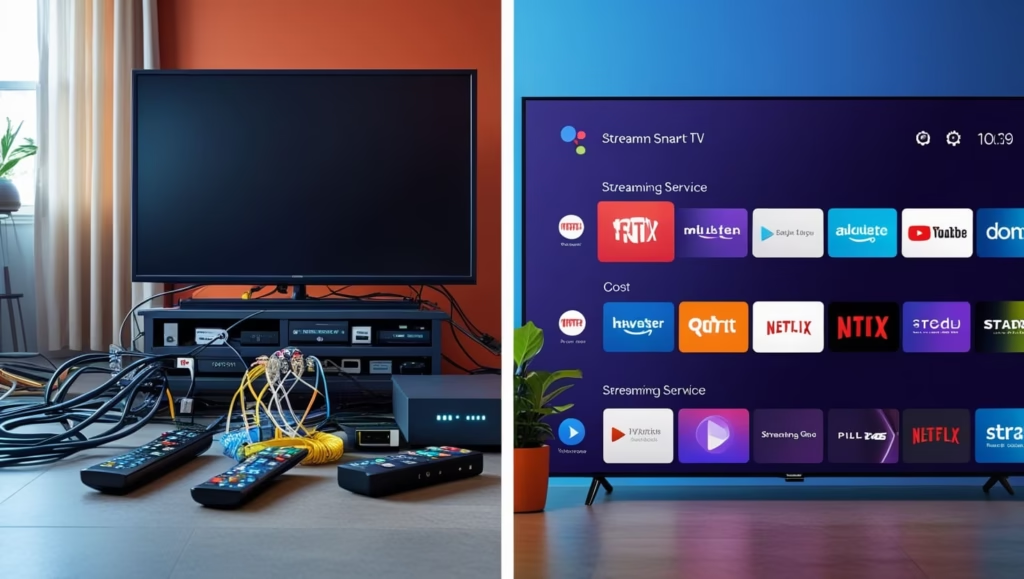
How Much Is the Average Streaming Bill Per Month Compared to Cable and Bundles
Let’s tackle a question that’s been on the minds of many cord-cutters and curious consumers: How Much Is the Average Streaming Bill Per Month Compared to Cable and Bundles? For years, the primary allure of streaming was its promise of a cheaper, more flexible alternative to the often-bloated and expensive cable TV packages. While streaming still generally holds a financial advantage, the gap has certainly narrowed, and the landscape in 2025 presents a more nuanced comparison than ever before.
Traditional cable TV packages, especially those offering a wide range of channels, typically start around $60-$80 per month and can easily climb to $100, $150, or even more, particularly when you factor in hidden fees, equipment rental charges (like set-top boxes), and taxes. These bundles often come with lengthy contracts and provide hundreds of channels, many of which go unwatched by the average household. The value proposition of cable often lies in its comprehensive offering of live sports, local channels, and a vast selection of linear programming without the need to switch between multiple apps.
Now, let’s contrast that with How Much Is the Average Streaming Bill Per Month. As we discussed, the average is hovering around $42-$50 per month for a selection of popular on-demand services. This is still notably less than the typical cable bill. However, the comparison becomes more complex when considering “live TV streaming services” – options like YouTube TV, Hulu + Live TV, FuboTV, and Sling TV. These services are designed to replicate the cable experience, offering live channels, cloud DVRs, and often include local network affiliates. In 2025, these live TV streaming packages have seen significant price hikes, with many now costing in the range of $70-$85 per month. For example, YouTube TV is currently around $83/month, and Hulu + Live TV is similarly priced. FuboTV, often preferred by sports fans, can even exceed that.
So, if your ideal streaming setup includes a few on-demand services (like Netflix and Disney+) plus a live TV streaming package to get your sports and news fix, your total monthly expenditure could easily hit $100-$130. This brings the cost very close to, or even above, what some mid-tier cable packages might cost, albeit often with more flexibility and without the equipment rental fees or contracts. The key difference remains the choice and flexibility streaming offers. You can pick and choose exactly what you want, whereas cable often forces you into predetermined bundles.
The emergence of “super bundles” from media conglomerates further blurs the lines. The Disney Bundle (Disney+, Hulu, ESPN+) is a prime example, offering a discount for subscribing to all three. Some providers are even experimenting with combining different streaming services into a single package, similar to how cable operates. While these bundles can offer savings over subscribing to each service individually, they also encourage greater overall spending on streaming and can make How Much Is the Average Streaming Bill Per Month feel more like a traditional utility bill than a discretionary entertainment expense. The advantage remains that you’re not locked into a long-term contract and can cancel or switch services much more easily than with cable. Ultimately, while individual streaming services are still cheaper, replicating the breadth of content offered by a full cable package can push How Much Is the Average Streaming Bill Per Month in 2025? surprisingly close to its traditional counterpart.
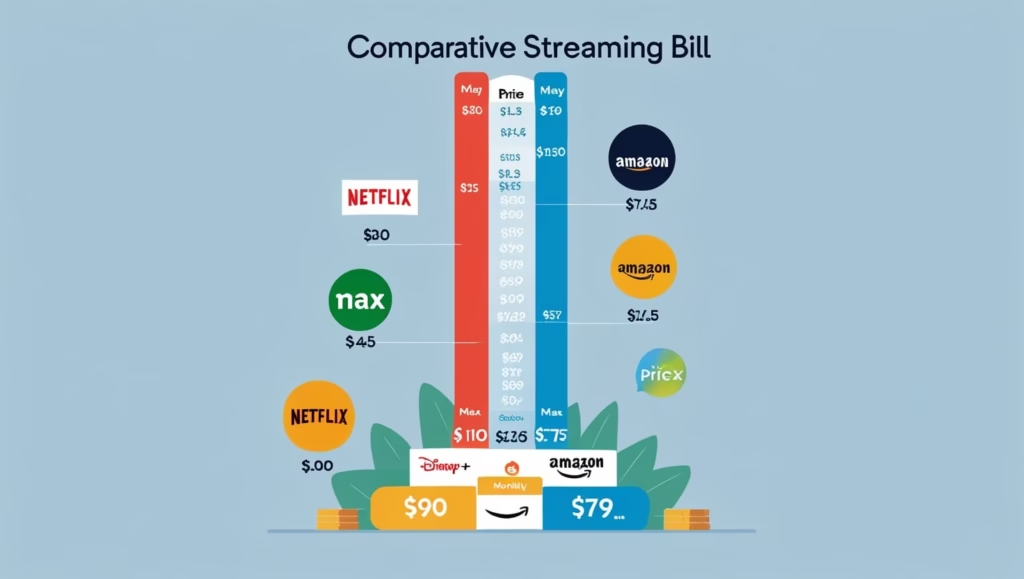
How to Lower How Much Is the Average Streaming Bill Per Month Without Losing Favorites
Feeling the pinch from your streaming subscriptions? You’re not alone! With How Much Is the Average Streaming Bill Per Month in 2025? continuing its upward trajectory, many savvy viewers are looking for ways to trim costs without sacrificing their beloved shows and movies. The good news is, it’s entirely possible to get your streaming budget under control with a few strategic moves. Here’s how to lower How Much Is the Average Streaming Bill Per Month without losing your favorites.
First and foremost, audit your subscriptions regularly. It’s incredibly easy to sign up for a free trial or a new service for one specific show, and then completely forget about it. Go through your bank statements or credit card bills once a month or every quarter and identify every single streaming service you’re paying for. Ask yourself: do I actively use this service? Do I still watch content on it? If the answer is no, it’s time to hit that cancel button! Many people are surprised by how many forgotten subscriptions they’re funding. Setting calendar reminders for renewal dates or using subscription management apps can be a game-changer here. This proactive approach is key to understanding and reducing How Much Is the Average Streaming Bill Per Month.
Secondly, embrace the “churn and return” strategy. This is perhaps the most effective way to save money while still accessing a vast library of content. Instead of subscribing to all your desired services simultaneously, rotate them throughout the year. For example, subscribe to Netflix for a month or two to binge all the new releases, then cancel and switch to Max to catch up on their exclusive series. Once you’ve exhausted Max’s offerings, hop over to Disney+ for their latest Marvel or Star Wars content. Most services allow you to easily cancel and resubscribe, and your watch history and profiles are often saved. This way, you only pay for the services you are actively using at any given moment, significantly impacting How Much Is the Average Streaming Bill Per Month.
Thirdly, consider ad-supported tiers or free streaming options. While ads can be annoying, the cost savings are undeniable. Many services now offer cheaper plans that include commercials. If you can tolerate a few interruptions, this is a direct way to reduce your monthly fee. For instance, Netflix’s ad-supported plan is significantly cheaper than its ad-free counterparts. Furthermore, don’t overlook the growing number of free ad-supported streaming television (FAST) services like Pluto TV, Tubi, Roku Channel, and Freevee. These platforms offer a surprising amount of content, including movies, TV shows, and even live channels, all completely free. You might discover a new favorite without adding a penny to How Much Is the Average Streaming Bill Per Month.
Fourthly, leverage bundles wisely. While bundles can sometimes lead to overspending if you don’t need all the included services, they can also offer substantial savings if you genuinely use them. The Disney Bundle (Disney+, Hulu, ESPN+) is a prime example where subscribing to the bundle is often cheaper than subscribing to each service individually. Before opting for a bundle, calculate the cost of each service separately and compare it to the bundle price to ensure it’s a true saving for your specific needs.
Finally, share responsibly and within service guidelines where permitted. While password sharing crackdowns are tightening, some services still allow for multiple user profiles within a single household, or even offer options to add extra members for a small fee. Understand the rules of each service you use and utilize these features to split costs with family members in your immediate household, if permissible. This can make a noticeable difference in How Much Is the Average Streaming Bill Per Month. By being strategic and mindful of your streaming habits, you can keep enjoying your favorite content without breaking the bank!
Conclusion
Phew, what a journey through the ever-changing landscape of digital entertainment! We’ve meticulously explored “How Much Is the Average Streaming Bill Per Month in 2025?”, delving into the intricate layers of costs, the undeniable reasons behind their continuous ascent, and a head-to-head comparison with the old guard of cable and bundled services. It’s clear that while streaming once promised an escape from hefty bills, the convenience and vast array of content now come at a significant, and growing, price. The average streaming bill in 2025, hovering around the $42-$50 mark for on-demand services, can quickly balloon to over $100 if you factor in premium tiers, multiple subscriptions, and live TV streaming packages.
The rise in “How Much Is the Average Streaming Bill Per Month in 2025?” is a direct consequence of the fierce content wars, the industry’s shift from subscriber acquisition to profitability, inflationary pressures, and strategic moves like cracking down on password sharing. However, the power is still in your hands! We’ve armed you with actionable strategies to keep your budget in check without sacrificing your entertainment cravings. From diligent subscription audits and the savvy “churn and return” method to embracing ad-supported tiers, leveraging intelligent bundles, and exploring free streaming options, you have the tools to navigate this exciting, yet sometimes costly, world.
So, as you settle in for your next binge-watching session, remember that staying informed and proactive about your streaming choices is key to controlling “How Much Is the Average Streaming Bill Per Month in 2025?“.

